In Johannesburg we were lucky enough to be able to see Sumayya's work After Image (2021) on show at Joburg Contemporary Art Foundation (JCAF) as part of the exhibition Liminal Identities in the Global South. It really is a must-see. The show is still on exhibit until February 26, so make sure to book your free visit here.
We interviewed Sumayya to hear more about how her home town Joburg and its special energy, complexities and contradictions has influenced her career and thinking, and the ways in which life in the city continues to inspire the work of her architectural studio Counterspace.
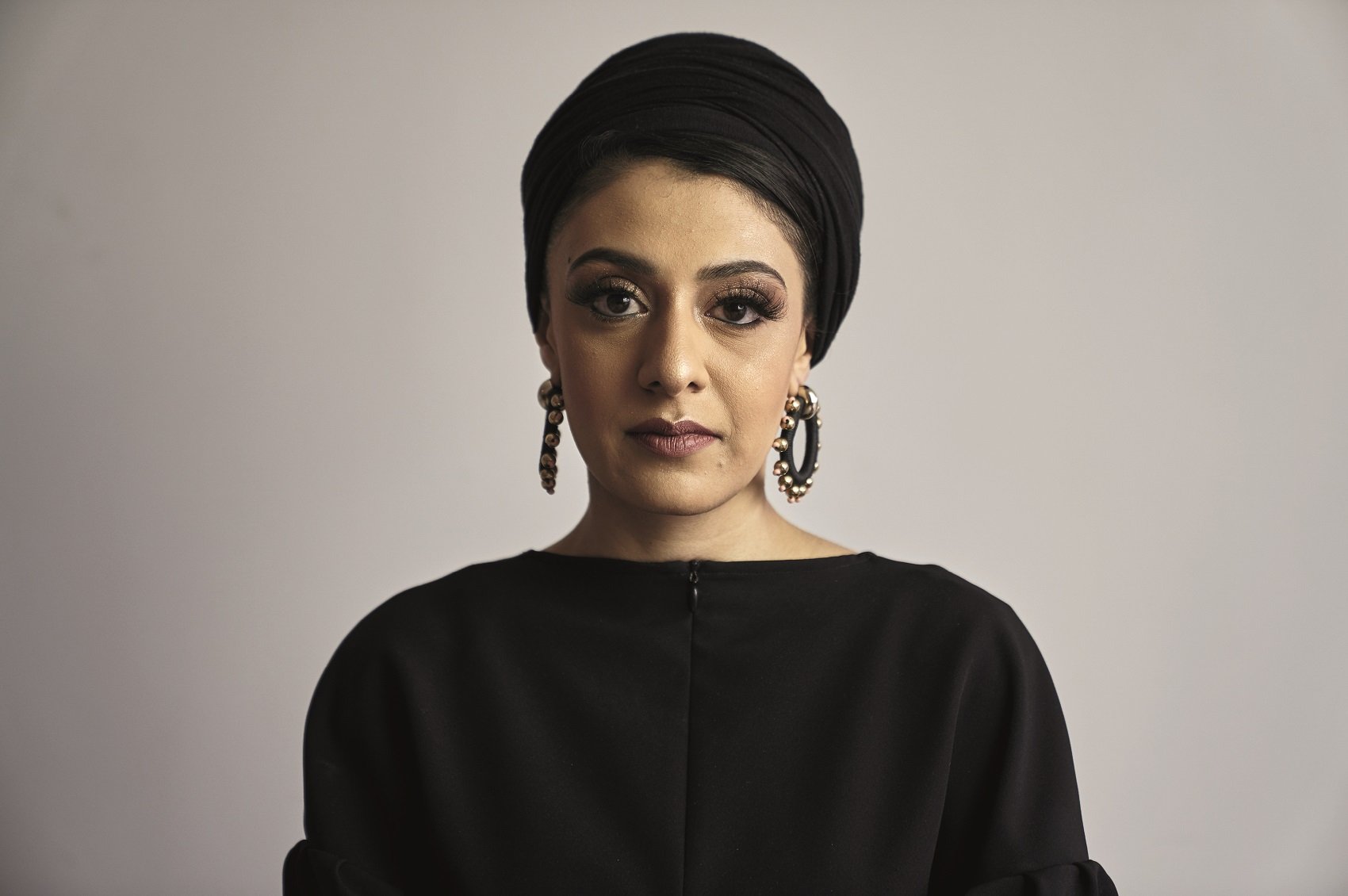
Architecture came to me through the city and through fiction. I spent much of my childhood at my grandfather’s stores on Ntemi Piliso Street, across from the Diamond Building, in the heart of Joburg. Many South Africans didn’t (or still don’t) have the opportunity to interact with worlds outside of their own. Spaces were (and are still) very much segregated. I think that walking the streets in the city— especially walking to the Joburg library—let me into worlds that I wouldn’t have seen and experienced otherwise. I’ve always had an interest in this, in finding and creating worlds and in seeing what I truly consider architecture — the fabric of the city — as interesting starting points from which to imagine new worlds.
I think it's very gradual but I always had this desire to work in the city and to have a practice that brings together different parts of the city into the same world.
What is the most challenging aspect of being an architect in this era?
The most challenging arenas are also the most inspiring — that we have the possibility to imagine the world differently from our perspectives of difference; to draw on, evolve and manifest voices from our pasts, presents and futures into architectural form. Part of the challenge around this is that we have to find ways to grow audiences for this work. All of us are conditioned to accept and expect certain norms for architecture, and pushing beyond that is not always accepted.
Architecture, at its heart, is always propositional and it is sometimes lonely to live in the future.
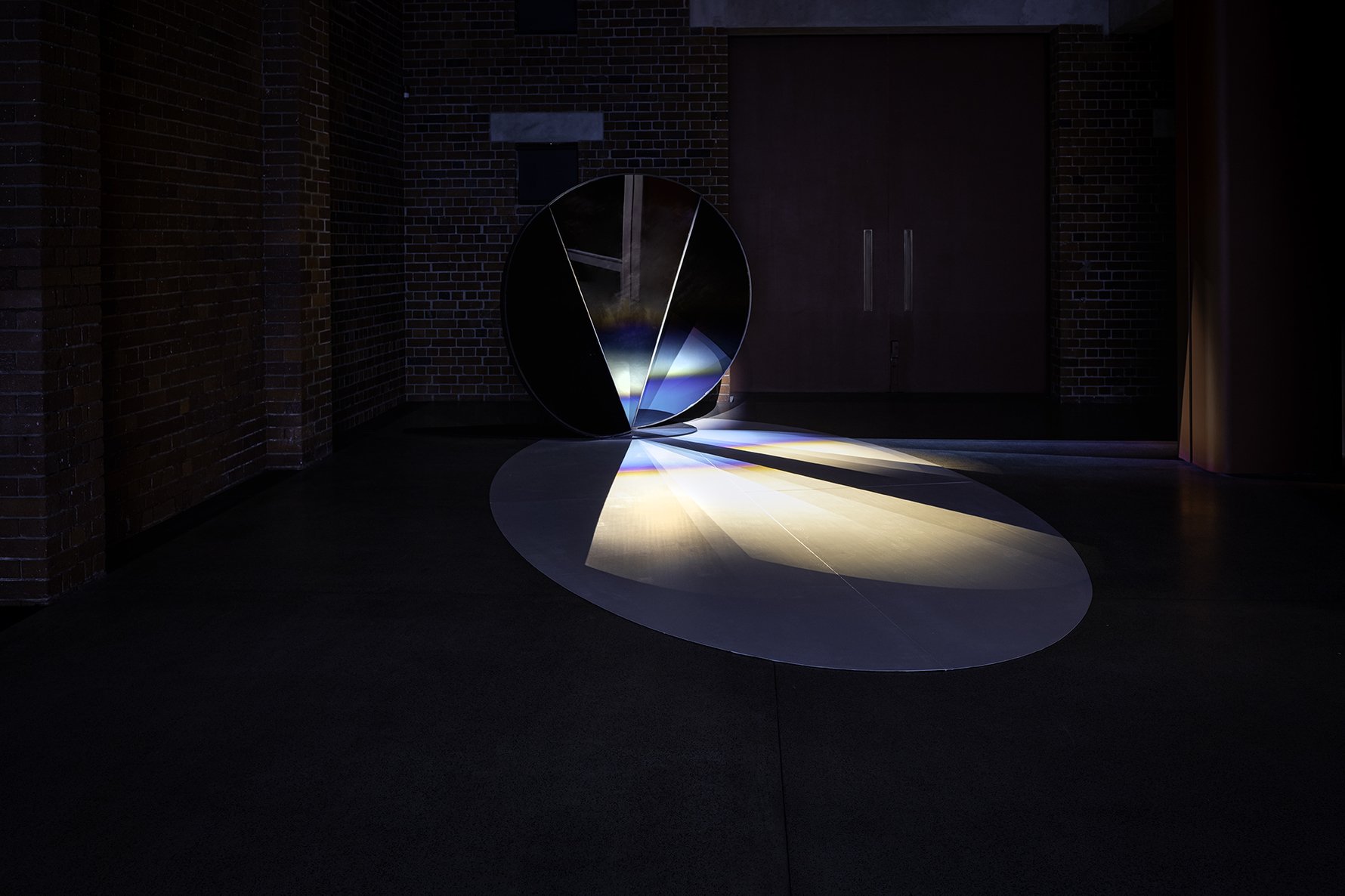
Describe the ideas behind your installation at JCAF
After Image (2021) is inspired by the iridescent quality of Johannesburg skies said to be a result of the chemical elements found in mine dust, including copper, aluminium, cobalt and ferrous. The mirrors in this work show the light and the surroundings, and also capture the fleeting moment in which the viewer is reflected. The installation functions as an afterimage, recording the imprint of empire and the exploitative consequences of extraction in Johannesburg’s mining history.
You are the youngest architect to be chosen for the Serpentine Pavilion, a mammoth achievement, and you made the notable Time 100 Next list. How has this changed your career?
It is an absolute privilege to be on a list with so many artists, innovators and leaders who I look up to. It has deepened the sense of responsibility to our histories, our hybrid identities and our futures that I strive to embody in my work, and the sense of responsibility that I have to my communities.
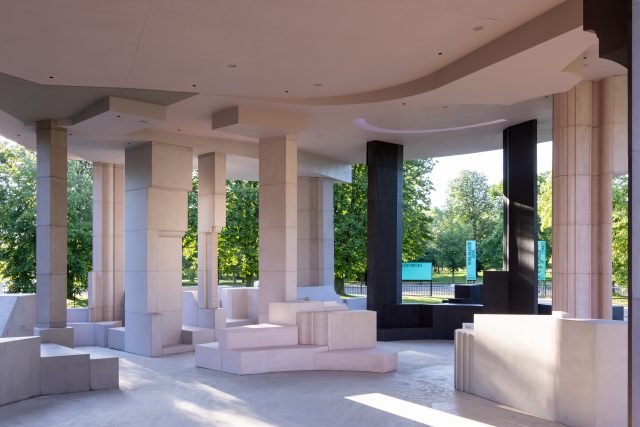
Ideas about community are integral to your work. What has shaped your thinking?
Joburg is rough, gritty, ruthless and fast in the nicest possible ways and the meanest possible ways.
It is a burden and opportunity at the same time at many different levels. Its tensions and its histories and legacies of segregation and exclusion mean that at every turn there is work to do. But it is also a vastly and vibrantly creative world of inspiration (in the other disciplines, not in architecture). There is a sense of something other — other stories, other magic, other soul — that is waiting to be unlocked and translated into form. I felt very deeply that there was a lack of response from architecture to what is actually happening in the city. Counterspace was born out of this dissatisfaction — out of a frustration with the complicity of the architectural profession and canon in my context, in perpetuating inherited and imposed narratives and forms. I really wanted to make work that troubles and counters these constructed narratives about “lack” on the African continent—I believe that here, in the fringes and the margins, we can find what truly Johannesburg and African design languages can look like, and I wanted to work with and for this idea.
How would you define the impact of this Covid era on the way you think about design?
My practice is centred around amplifying and collaborating with multiple and diverse voices from many different histories; with an interest in themes of identity, community, belonging and gathering. The past year has drawn these themes sharply into focus and has allowed me the space to reflect on the incredible generosity of the communities that have been integral in holding and expanding my practice.
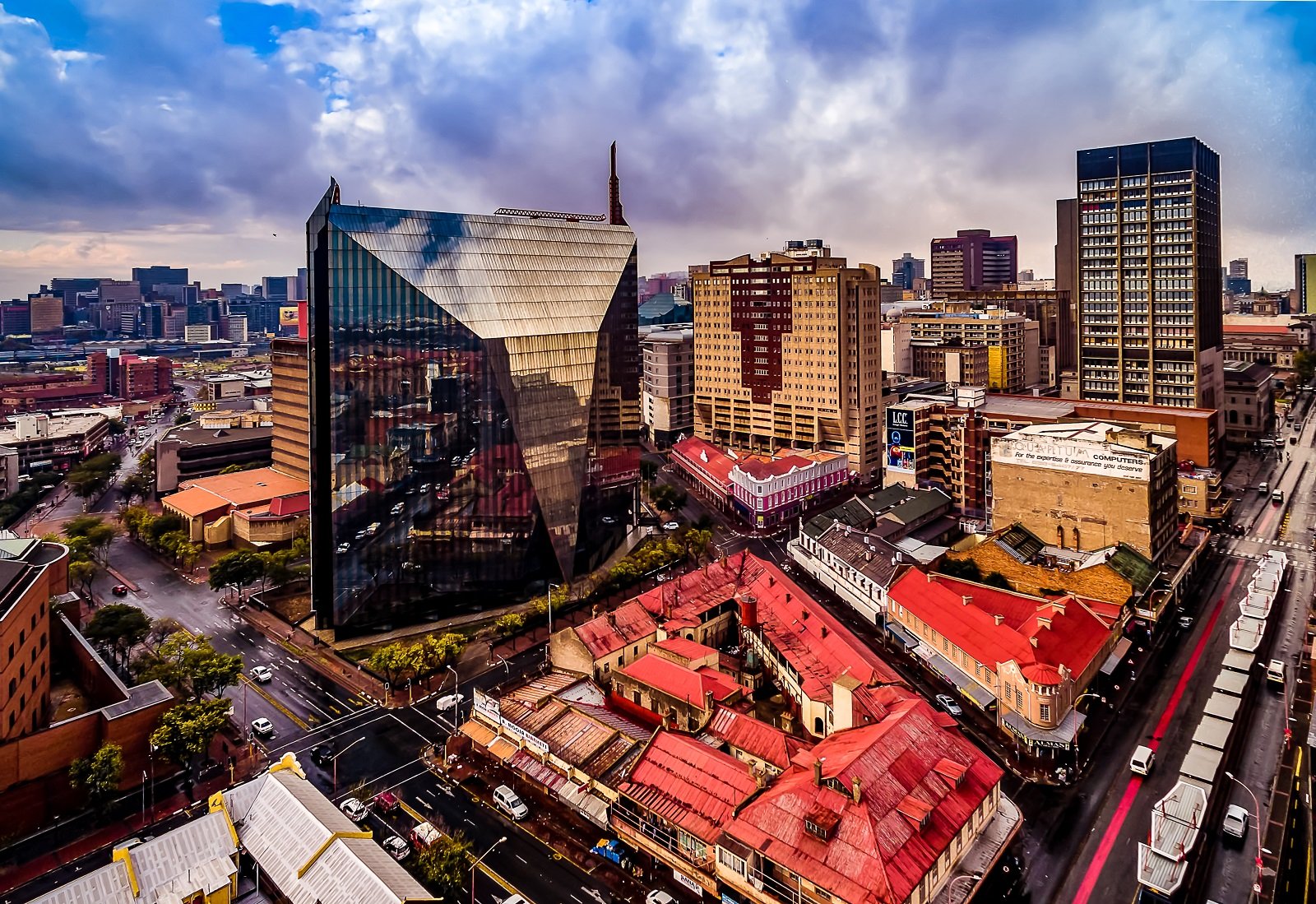
What brought you to Joburg or what makes you stay here?
The city has a very special energy in that everyone here is hustling and trying to make it in some kind of way. It’s a city that’s always been synonymous with migration and with movement from its inception as “The City of Gold.” There’s so much here in every direction, in all of the city’s cracks, and it’s inspiring to see how it functions both formally and informally. What I mean is that there are rogue economies and informal strategies for individuals and groups who are excluded or marginalized from the visible economy. People become industrious when they need to secure basic needs, such as transportation, living conditions, or practicing their beliefs. It’s easy to be romantic about it, especially as an architect. We often step back and say that we need to respect these practices, to only listen and let these things play out as they do. I agree with that somewhat, but I also think that it requires our agency and is our responsibility to engage with and respond to existing conditions and to develop them further.
Home is... Carried inside us – through our rituals, practices and ways of being with the world.
Your favourite Joburg suburb?
Many and for many reasons, but I always enjoy my time in Yeoville known as one of the most diverse districts in Africa, and expressed so in its foods, markets, faiths, economies. I also love Kensington and Fordsburg for their diversities. And I love my home suburb, Houghton in Johannesburg; because it is where I am around the wisdom of my grandmother who is my ultimate inspiration.
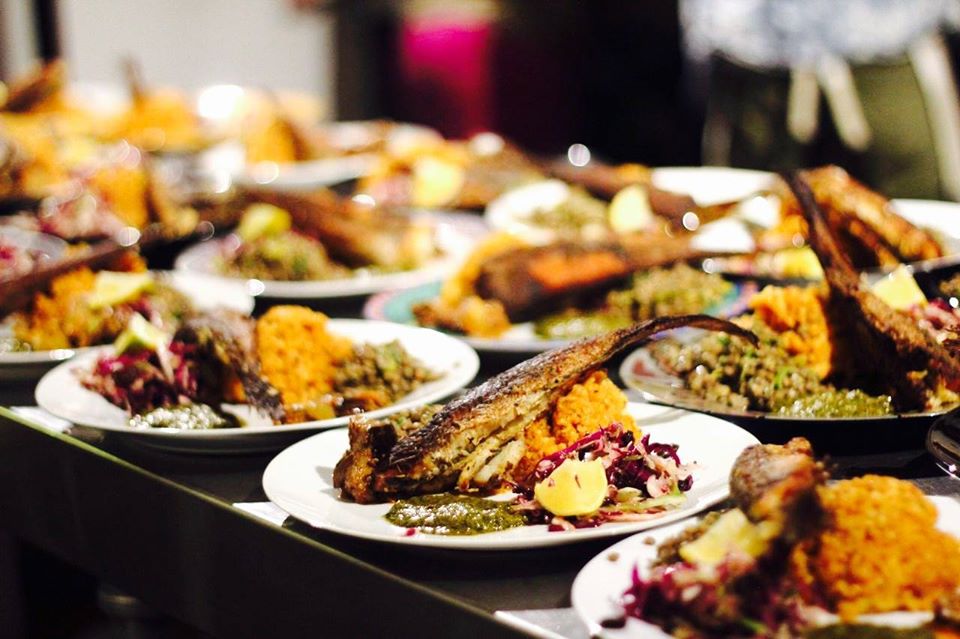
What 3 things should a visitor not leave Joburg without seeing or experiencing?
The full moon or a thunderstorm from the core of Ponte City. A walk on a mine-dump on a clear day. Time at the Kentridge Studio.
What’s the one thing no one would expect to hear about Joburg?
Though its fabric is far from humane, its people are probably some of the most human.
The most underrated Joburg sight or experience?
Sunset on a mine dump. A highveld thunderstorm.
The most memorable meal you have eaten in Joburg?
I often get to enjoy a one-on-one very local, very sustainable, and very seasonal pan-Afrikan Plate at Sanza Sandile's Yeoville Dinner Club on Rockey Street. All the ingredients and some of the cooking processes are sourced from the neighbourhood, markets and kitchens along the street — a diasporic, migratory and dispersed kitchen. He recently and very generously shared one of his recipes for our “Recipes as Archive” series, you can read it here.
If you could buy any Joburg building? The Carlton Hotel.
Three words that describe this city: Atmospheric Otherworldly Hybrid Intense Fast
What do you love most about Joburg?
Everything—its rogue systems and practices, the rituals and innovations of our people despite immense challenges, restrictions and impossibilities. There is nothing quite like spicy Joburg humour and slang—and its nuanced, utterly serious and utterly humorous conversation.
What do you least like about Joburg?
That our systemic inequality has produced crime and desperation.
What's happening in Joburg right now that you think everyone should know about?
One of my favourite spaces at the moment is The Commune, a pan-African bookstore, café and reference library in Braamfontein.




Comments